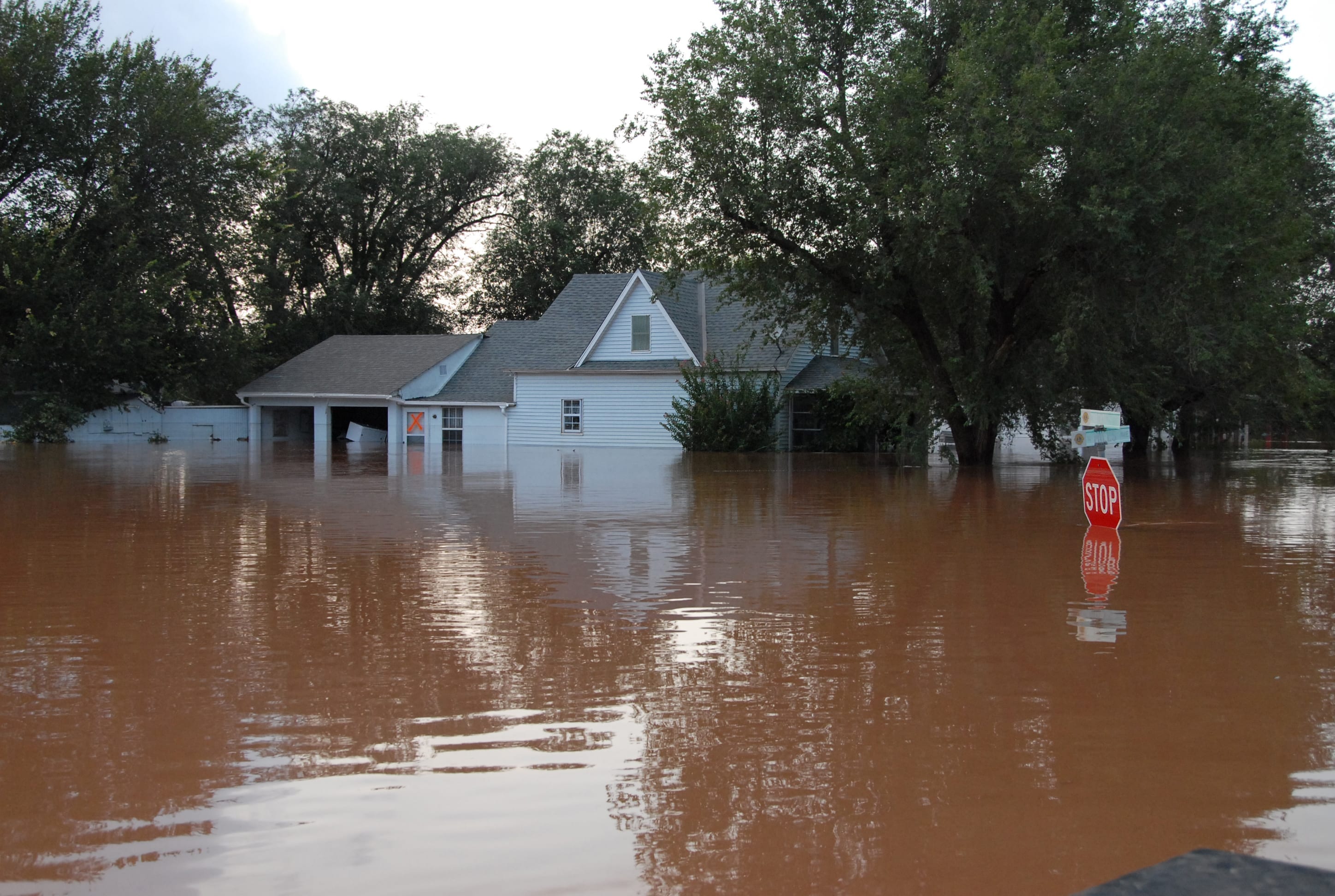In an unpredictable and changing world, disasters are bound to happen. As Congress considers affordable insurance, cascading predicaments may make it a practical impossibility. It depends upon our priorities – and each other.
In an unpredictable and changing world, disasters are bound to happen. Hail ruins crops, accidents wreck cars, floods destroy homes, and illness and disease cause setbacks to health, livelihood, and bank accounts. All of these catastrophes – and more! – can spell doom for a family or business, especially when they occur on top of already hard times. Spreading the risk by sharing the costs among a large pool of people is how insurance works, but when bad things happen frequently or the risk is shared among fewer people, the price goes up. That’s why affordable insurance is such an important issue nowadays. If our households, our fellow citizens, and our economic endeavors are endangered not just by the random whim of fate but also by a failing insurance market, we all lose.
Insurance is a fairly old concept. In simpler times, when people in communities knew each other and their lives and livelihoods were more clearly intertwined, people helped each other recover from disasters as a matter of course. Practices like this still exist among close-knit groups like the Amish, for whom the collective is a priority. In return for helping others, one could count on others for support at the time of greatest need.
With industrialization and the Enclosure Acts came the breakup of multigenerational family homes and communities that could be counted upon for support. People were expected to move where the jobs were and live in disjointed, nuclear families. When you don’t know the people next door, an atmosphere of distrust (especially if they look different, eat strange foods, or follow a different faith) in increasingly transient communities severs social bonds. Mutual care became an economic commodity. Insurance came not from neighbors, but from impersonal, for-profit companies that didn’t know you and usually didn’t care to. By siphoning money off the top of these payments and finding excuses to deny coverage, insurance became a profitable industry that took advantage of the rootless.
We stand now at a crossroads.
We live in ways that are causing disasters to become ever more common. Climate change and poor land use policies are responsible for a growing number of floods in coastal communities. Meanwhile, environmental pollutants, a sedentary lifestyle, the cheap, nutritionally void, sugary and fatty foods that comprise the Standard American Diet, and poverty spawned by relative economic inequality combine to create worsening health outcomes. As Congress debates bills concerning affordable insurance for flood-prone areas or the health of every American, it’s a good time to pause and consider which way we want to go as a society.
One vision says that there is no “society” and that we’re merely a collection of individuals. Decrying any taint of collective welfare as being hopelessly, unforgivably communist, this divide-and-conquer strategy allows the fortunate (or sociopathic) few to suck up as many resources as possible without worrying too much about the ethics of leaving so many behind. Trump was swept into office by lambasting these elites in his stump speeches but went on to largely embrace them once in office. Those of us left behind have some choices, such as bringing back the social ties and mutual aid that our ancestors enjoyed; however, that depends not only on reduced mobility, but on people finding common cause with each other. Our competitive, diverse culture may preclude going down this road.

The other vision is at once the polar opposite and the same thing writ large: recognizing that we’re all in this together. The most affordable insurance is that which spreads the cost over the largest population, and for risks we all share, like health, the logical conclusion is single-payer for all.
Either way, how long can we sustain the notion of affordable insurance as we become more prone to the problems that require insurance benefits to pay out? We all want to have our houses rebuilt after storms or our hospital stays covered without going bankrupt, but it’s harder and harder to afford to pay into a system that adequately covers everybody’s needs. If this is what we truly want, we’ll have to prioritize it the way the Amish do, and view ourselves as a collective again, willing to sacrifice to meet each others’ basic needs.
At stake is the most American notion of all: freedom. Do we define it narrowly as the ability to hoard, screw others over, and potentially fail altogether? Or do we prefer a definition of freedom that includes the security of knowing that our basic needs will be covered below a certain threshold, opening the way to new innovations as we free our entrepreneurial spirit without worrying that one failure will ruin us completely?
We must hope that the best version of America wins.
Related: Flood Insurance and Catabolic Collapse
Sources:
How high should Congress let flood insurance rates rise in program renewal?
Senate Bill Would Extend National Flood Insurance Program for 10 Years
Affordability: The Most Urgent Health Reform Issue For Ordinary Americans


Join the conversation!